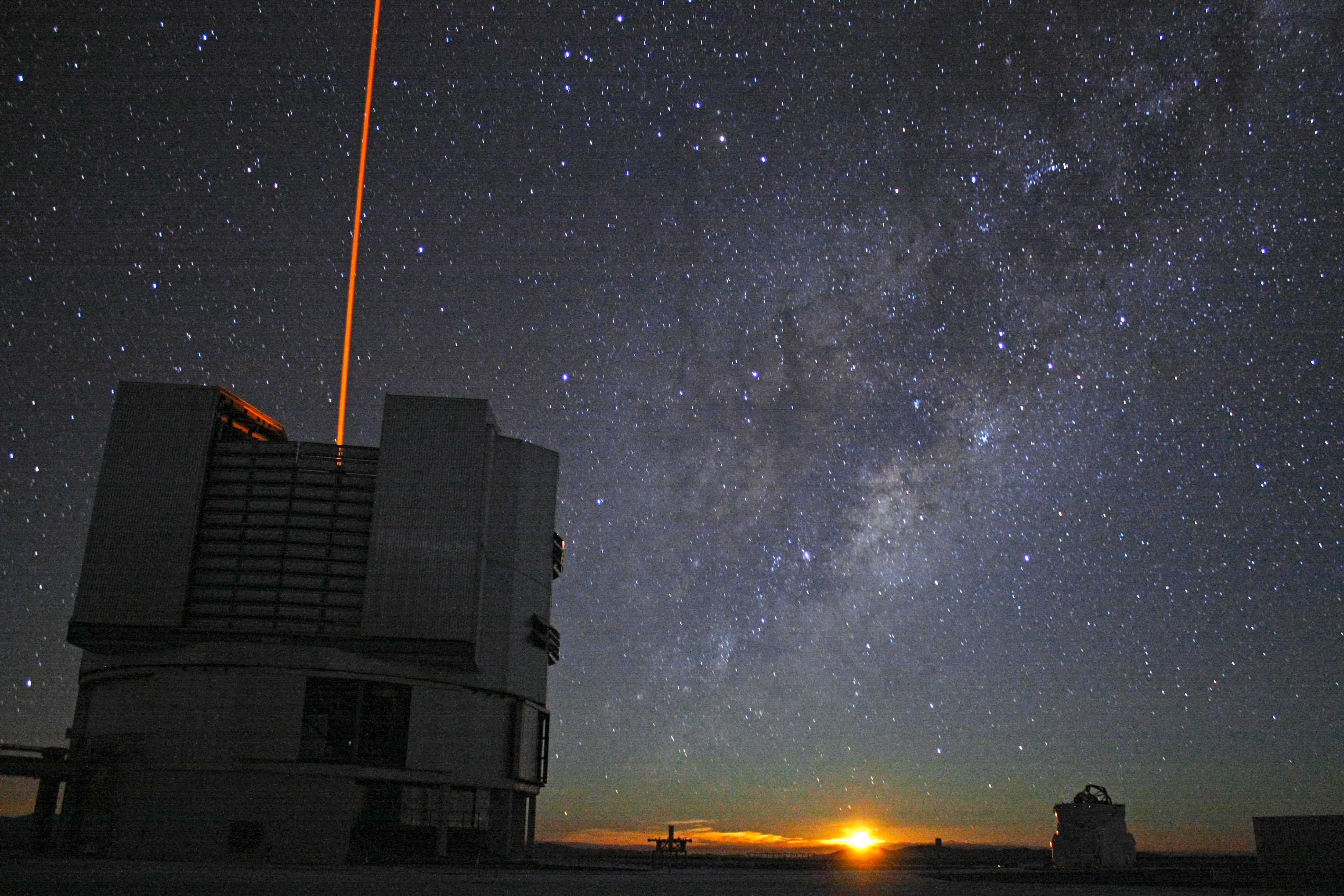
October 2024 promises a spectacular month for astronomy enthusiasts, with several major celestial events lined up. From a dramatic solar eclipse to mesmerizing meteor showers and a stunning supermoon, this month offers a variety of opportunities for skywatchers. Here's a guide to the notable astronomical events that you won't want to miss.
On October 2, 2024, the sky will be treated to an annular solar eclipse, often referred to as the "ring of fire" eclipse. This striking phenomenon occurs when the Moon passes directly between the Earth and the Sun but, due to the Moon's distance from Earth, it doesn't completely cover the Sun's disk. Instead, a bright ring of sunlight encircles the dark silhouette of the Moon.
This eclipse will be visible across certain regions, including parts of southern Chile, Argentina, and Easter Island. Viewers in these areas will witness the full "ring of fire" effect. Outside the path of the annular eclipse, people in nearby regions will experience a partial solar eclipse, where the Moon obscures only a portion of the Sun.
Remember: If you're planning to observe the eclipse, use proper solar viewing glasses to protect your eyes from harmful rays.
On the same day as the annular eclipse, a micro new moon will take place. This happens when the Moon is at apogee, its farthest point from Earth in its orbit. As a result, the Moon appears slightly smaller in the sky. While the new moon phase itself isn't visible, it marks the start of a new lunar cycle.
The combination of a micro new moon with the annular solar eclipse on October 2 is a unique occurrence. The Moon's smaller apparent size during its apogee is what allows the Sun's outer edges to remain visible during the eclipse, creating the characteristic "ring of fire."
The Draconid meteor shower is expected to peak on the evening of October 8 into the early hours of October 9, 2024. Unlike many meteor showers that are best observed in the early morning, the Draconids are often visible shortly after nightfall. This makes them a convenient and family-friendly event for stargazing.
The Draconids originate from dust particles left behind by Comet Giacobini-Zinner. Although this shower typically produces fewer meteors than some of the more famous showers, it has been known to surprise observers with unexpected bursts of activity. Keep an eye on the skies early in the evening to catch the chance of a meteor streaking across the horizon.
On the evenings of October 13 and 14, skywatchers will be treated to the sight of the Moon appearing close to Saturn in the eastern sky after sunset. This conjunction will be visible to viewers across the globe, but those in Africa and Asia will have a special opportunity to witness the Moon occult Saturn on October 14 at 18:00 UTC (11:30 PM IST). During an occultation, the Moon completely covers Saturn, creating an exciting event for stargazers.
The full moon on October 17, 2024, will be a "supermoon," appearing larger and brighter in the sky than usual. A supermoon occurs when the full moon coincides with the Moon's closest approach to Earth, known as perigee. This specific supermoon is also called the Hunter's Moon, the name traditionally given to the full moon following the Harvest Moon.
Historically, the Hunter's Moon signaled the time when hunters prepared for winter by pursuing game. For modern skywatchers, this supermoon will offer an impressive sight, perfect for night photography or simply enjoying the glowing lunar landscape.
Later in the month, the Orionid meteor shower will peak around the nights of October 20-21, 2024. This annual event is caused by debris left behind by the famous Halley's Comet. At its peak, the Orionids typically produce around 20 meteors per hour, but their fast-moving nature makes them a delight to observe.
These meteors often leave persistent trails that linger for several seconds in the sky, creating a visually stunning experience. The Orionids are visible from both hemispheres, and the best viewing times are after midnight when the constellation Orion rises higher in the sky.
Just a few days later, on October 23, Mars will make a close appearance near the Moon. The conjunction of Mars and the Moon will occur at 19:55 GMT (1:25 AM IST on October 24), with their closest approach happening at 21:20 GMT (2:50 AM IST on October 24). This conjunction will provide an excellent opportunity for observers to see both celestial bodies shining brightly in the sky.
With a rare combination of astronomical phenomena, October 2024 is shaping up to be an extraordinary month for those interested in the night sky. Whether you're planning to witness the annular solar eclipse, catch the Draconid or Orionid meteor showers, conjunctions, or admire the full supermoon, these events offer fantastic opportunities for skywatchers at every level.
Be sure to mark these dates on your calendar, and get your telescopes and cameras ready for an unforgettable month of celestial wonders!